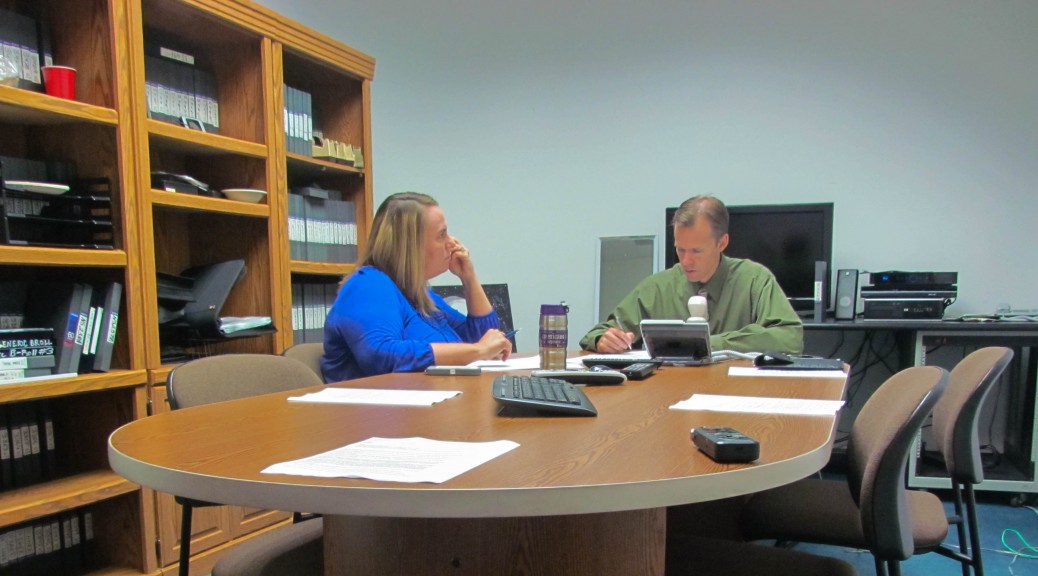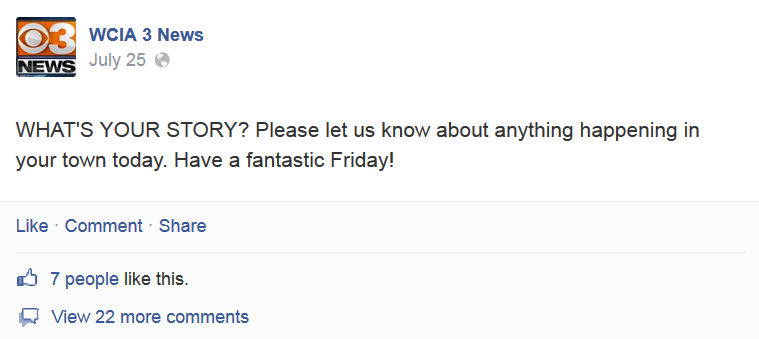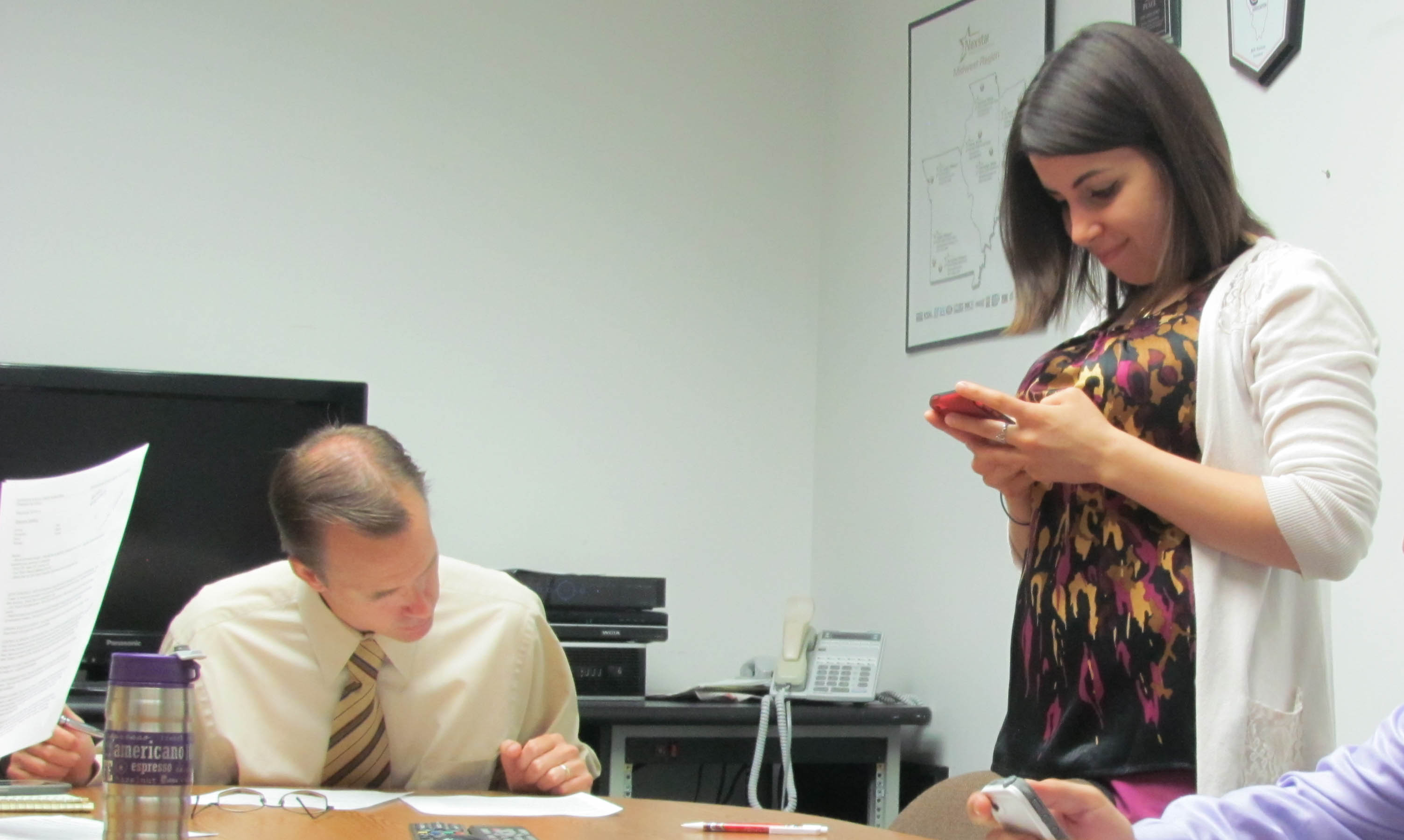WCIA consistently asks the Facebook community what is going on in their world and uses the social media platform to their advantage when looking for stories or tips.
Anchor Anna Carrera says that she uses social media before, during and after she works on a story. “What I try to do when I go out for a story is take a picture of what I’m working on, tweet it and say, ‘this is what I’m working on tonight’ to kind of tease ahead” said Carrera. Once she’s done with stories, they are posted to Facebook and Twitter.
Yet stories are not just found from tips, they are also found from following people in the community who consistently provide useful information. Drew Wilder, Derick Fabert and Anna Carrera all stated that they keep tabs on different entities in the community through social media. “The biggest part of news gathering is understanding the community and being connected with it both in person and on social media” said Wilder. Over time, anchors and reporters begin to understand who key players are in their community and track them through social media. “If they’ve got events that they’re hyped up about, why are they hyped up about them? Does it have community impact?” said Wilder. Key players can include anyone from emergency managers, sheriff departments, neighboring counties, or political figures. “Maybe we’ll see something that we don’t have and want to follow up on…even some of the national networks like CBS and CNN just to keep an eye out to see if we can vocalize it for what we do here.” said Carrera.
WCIA also initiates discussions amongst their audience by posting questions regarding issues affecting the community:
Generally these discussions precede the broadcast that covers the topic in question and gets the audience thinking ahead of time.
Though the station engages their audience in the types of discussions above, anchors like Derick Fabert and Drew Wilder have also found that sharing pieces of their personal lives trigger a greater amount of audience interest. “People want to feel like you’re a normal person that does other things than just read the news to them” said Wilder. Wilder has noticed that more often than not a hard news post does not always drive conversation. “A lot of times people don’t want to engage in it because maybe they don’t have something they feel is valuable to the conversation, or they don’t feel educated on the topic.” Yet when Wilder has posted photographs of his dog or of himself conducting normal daily tasks, the public, being able to relate to these things on a more personal level, reacts and engages.
Fabert has noticed that pictures are what people respond to the most. A combination of text and photos has proven to generate more response in followers than text alone. The amount of space a photograph takes up on a Facebook post catches the audience’s eye more effectively than a post just comprised of text. Yet just like Wilder, Fabert has noticed what type of content produces heavy audience engagement. “I can say it’s going to be sunny and 72 tomorrow and no one–maybe two people will comment…I’ll post a picture about my dog who isn’t feeling well…and it will get 3,000 likes and 200 comments.” said Fabert. They have seen that the audience gravitates towards more personal posts than they do towards the actual news content.
So what does this say about audiences today? It does not necessarily mean that they are uninterested in the news that is being reported. When an anchor is on television reciting the stories for the day, they are essentially inaccessible. “When you’re doing a news program…you’re pretty much straight news” Wilder said. Yet when provided with tidbits from an anchors personal life, the audience feels more at ease. “You’re a little more tangible and they can relate to you…feel more connected to you…and generally trust you a little more” said Wilder. Fabert is of the same belief. When he’s on television, the audience can’t directly communicate with him. “When they see something personal, it makes us seem like a person, so they can immediately interact with us” said Fabert.





